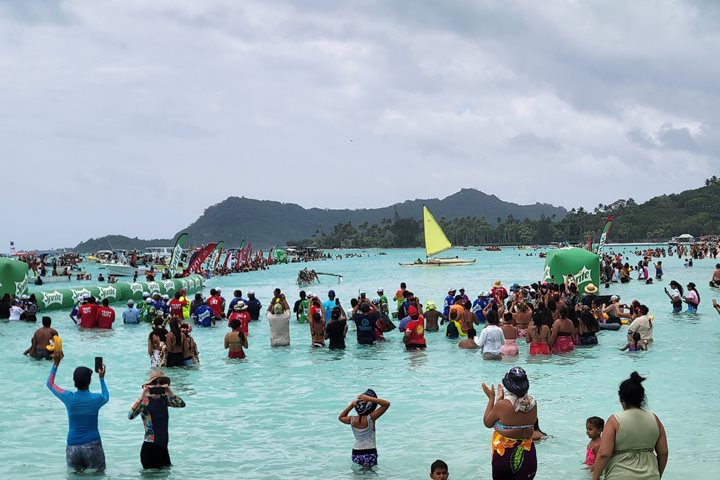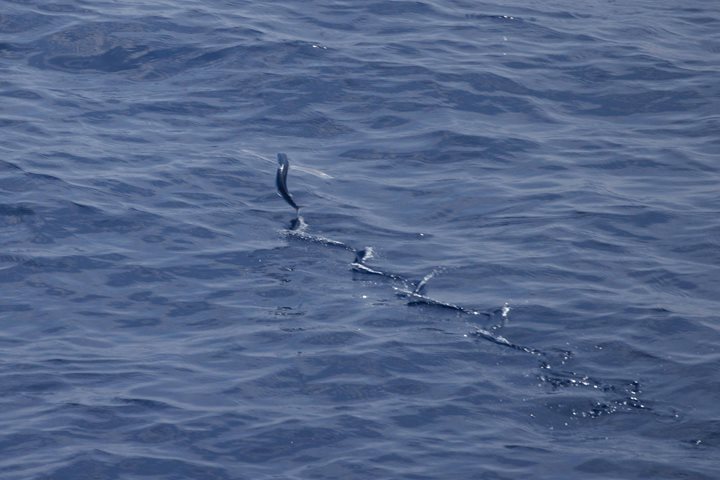We woke up this morning as National Geographic Resolution was docking in the harbor in Guam. This isolated U.S. territory is only 30 miles long and was formed by the uplift of a coral-covered volcanic rock formed by the Mariana subduction zone. Guam is the center of U.S. military presence in the western Pacific, with huge air force and navy bases. As a result, it’s not surprisingly modern and safe. Curiously, most tourists here come from Japan, even though it is thoroughly American.
We spent the early morning at beach and dock complex called the Fish Eye. We went snorkeling off the dock to see the amazing number of coral species growing on this fringing reef. There were dozens of species of colorful fish, including parrotfish, wrasses, and jacks. The stars of the show were the two black-tipped reef sharks that showed up as we were swimming. These gorgeous sharks swam around in the shallow water, giving us excellent opportunities to photograph them up close.
During the late afternoon, most of the group went across the street to see a coconut show. Our Polynesian hosts showed us how to open green coconuts to get the juice from them, which we drank. Then we took turns using a bench to grind the solid coconut layer in ripe coconuts into flakes, which we then squeezed to make coconut milk. Finally, we dressed up in Polynesian outfits for fun photos in front of the waterfall.
This afternoon we all went on a guided bus tour of Guam. The first stop was an overlook of the Guam coast where we could see the fringing coral reef close to shore. This reef was an obstacle for the Americans landing during the reoccupation of Guam during World War II. Next, we visited a war memorial where we learned that 16,000 Japanese and American soldiers died during the Battle of Guam during the summer of 1944. The most emotional feature was the bronze memorial to the 2,000 Chamorro natives who died during the Japanese occupation, including in concentration camps for all Chamorro civilians. Then we went into downtown Hagatna where we visited several historic sites. We saw the large carved “latte stones” that were used by the Chamorros as the center of their houses. Then we walked through a complex of stucco buildings from the Spanish colonial period, including gates, walls, governor’s palace, and the round “chocolate house”. We saw the Catholic cathedral, big Guam sign, and modern cultural center before boarding the bus. Our last stop was Two Lovers Point, which gave us a spectacular view of the Guam coastline.
During dinner, the ship cruised out of Guam harbor with several loud horn blasts. What a great way to end a wonderful day in such a beautiful and historic part of America that so few Americans ever get to see.







